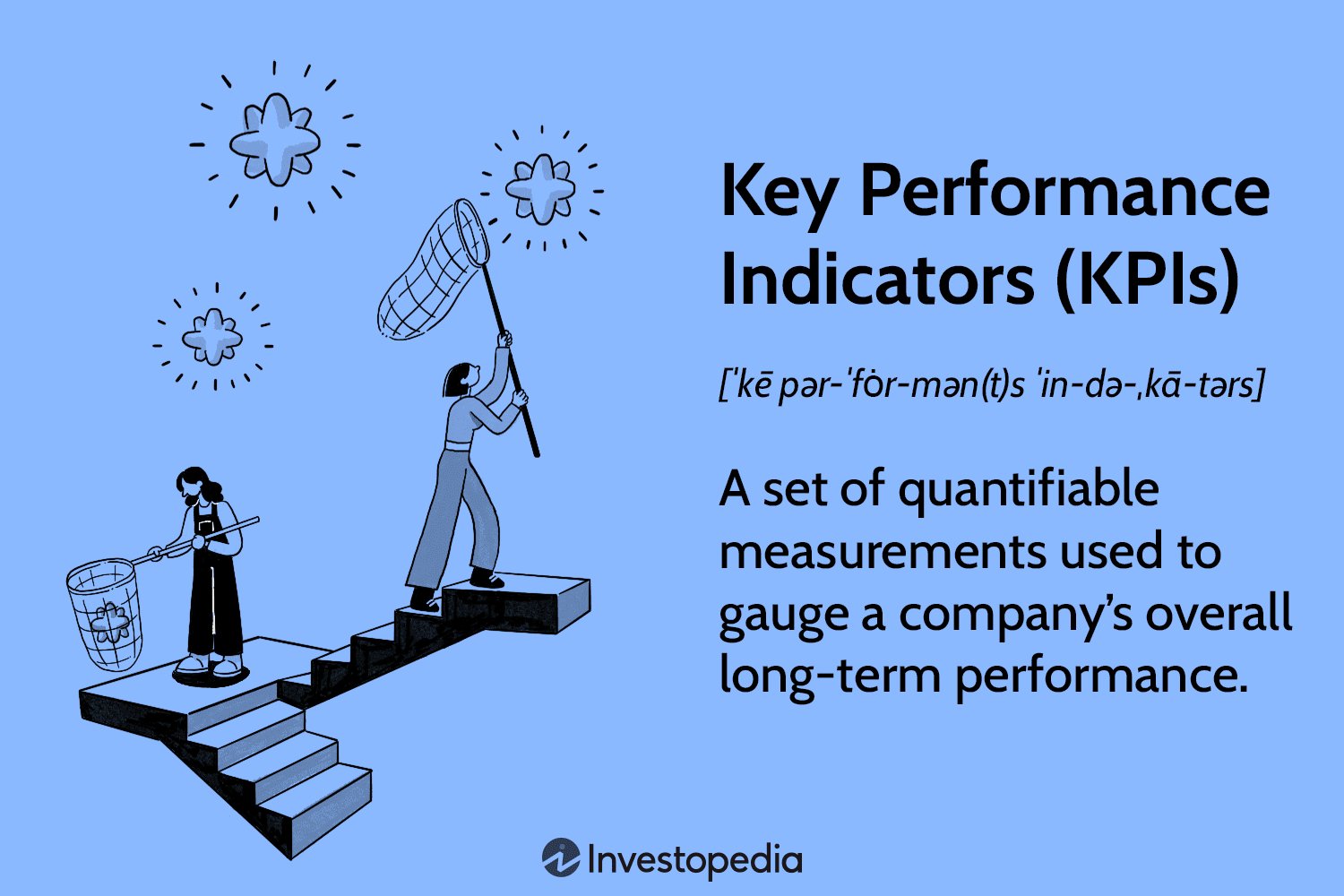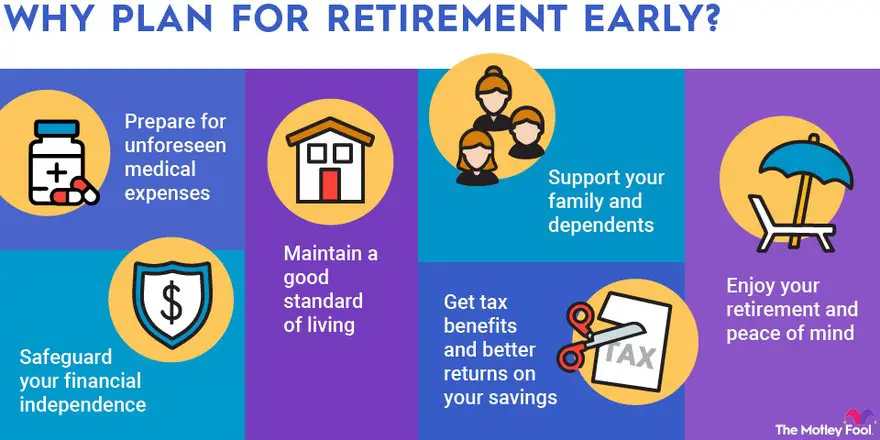Looking to make a big purchase but not sure how to save up for it? Look no further! In this article, we’ll share some valuable tips for saving for a large purchase. Whether you’re dreaming of a new car, planning a luxurious vacation, or even saving for a down payment on a house, these tips will help you achieve your goals. By incorporating these strategies into your everyday life, you’ll be on your way to making that big purchase a reality in no time. So, let’s dive in and explore the best ways to save for that big-ticket item you’ve been eyeing.
Tips for Saving for a Large Purchase
Saving for a large purchase can feel like a daunting task, but with the right strategies in place, it can be much more achievable than you may think. Whether you’re saving up for a new car, a dream vacation, or a down payment on a house, these tips will help you reach your savings goal faster. By implementing these methods, you can take control of your finances and make your dreams a reality.
Create a Budget
Before you can start saving for a large purchase, it’s essential to have a clear understanding of your current financial situation. Creating a budget is a crucial first step to assess your income, expenses, and identify areas where you can cut back. Here’s how you can create an effective budget:
- List all your sources of income: Start by calculating your monthly income from all sources, including your salary, freelance work, or any other avenues.
- Track your expenses: Keep a record of all your expenses for a month. This will give you a clear picture of where your money is going.
- Categorize your expenses: Divide your expenses into categories such as housing, transportation, groceries, entertainment, and so on. This will help you analyze your spending patterns.
- Identify areas to cut back: Look for discretionary expenses that can be reduced or eliminated. This could include eating out less often, canceling subscription services you rarely use, or finding cheaper alternatives for certain products.
- Set saving goals: Determine how much you need to save each month to reach your target amount. Make saving a priority in your budget by allocating a specific portion of your income towards savings.
Creating a budget will not only provide you with a clear roadmap for achieving your savings goal but also give you a sense of control over your finances.
Automate your Savings
One of the most effective ways to save for a large purchase is to automate your savings. By setting up automatic transfers from your checking account to a dedicated savings account, you’ll be able to save consistently without even thinking about it. Here’s how you can automate your savings:
- Open a dedicated savings account: Consider opening a separate savings account specifically for your large purchase savings. This will help you track your progress easily and avoid dipping into those funds for other expenses.
- Set up automatic transfers: Work with your bank to set up automatic transfers from your checking account to your savings account on a regular basis, such as every paycheck or monthly. This way, the money will be saved before you even have a chance to spend it.
- Start small and increase gradually: If you’re new to saving or on a tight budget, start with a small amount and gradually increase it as you get more comfortable with saving. Consistency is key.
Automating your savings takes the decision-making process out of the equation and ensures that you’re consistently making progress towards your savings goal.
Cut Back on Unnecessary Expenses
To accelerate your savings, it’s essential to cut back on unnecessary expenses. Review your budget and identify areas where you can make adjustments to free up more funds for saving. Here are some ideas to get started:
- Reduce dining out: Instead of eating out at restaurants regularly, consider cooking more meals at home. This simple change can save you a significant amount of money each month.
- Lower utility costs: Look for ways to reduce your utility bills. Turn off lights when not in use, unplug electronics when not needed, adjust your thermostat to save on heating and cooling costs, and consider energy-efficient appliances.
- Skip the fancy coffee: If you’re in the habit of buying coffee from expensive cafés, consider brewing your coffee at home or taking advantage of more affordable options.
- Borrow instead of buying: If you need a specific tool or equipment for a short period, consider borrowing from friends, family, or your local community rather than buying it outright.
- Limit entertainment expenses: Instead of going to the movies or concerts frequently, explore free or low-cost alternatives like local parks, community events, or streaming services.
By making conscious choices to cut back on unnecessary expenses, you can redirect that money towards your savings and reach your large purchase goal faster.
Explore Additional Income Streams
In addition to reducing expenses, increasing your income can significantly impact your ability to save for a large purchase. Consider exploring additional income streams to boost your savings. Here are some ideas:
- Take on freelance work: If you have marketable skills, consider taking on freelance projects or part-time gigs that align with your abilities and interests.
- Rent out a spare room: If you have an extra room in your home, consider renting it out on platforms like Airbnb to generate extra income.
- Monetize a hobby: Explore ways to monetize your hobbies or talents. For example, if you’re skilled at crafting, consider selling your creations online.
- Participate in surveys or online tasks: There are various websites and apps that offer paid surveys or small online tasks. While not a significant income source, they can provide an additional boost to your savings.
By diversifying your income streams, you can generate more money to put towards your savings goal.
Stay Motivated and Track Your Progress
Saving for a large purchase requires discipline and perseverance. It’s important to stay motivated throughout the process. Here are a few strategies to help you stay on track:
- Set milestones: Break down your savings goal into smaller milestones. Celebrate each milestone you reach, as it will help keep you motivated for the next one.
- Visualize your goal: Use visual aids, such as a savings tracker or a vision board, to remind yourself of what you’re working towards. Seeing your progress visually can be incredibly motivating.
- Join a support group: Look for online communities or groups of individuals with similar savings goals. Sharing experiences and tips with others can help you stay motivated and accountable.
- Regularly review your progress: Set aside time every month to review your savings progress. Assess how well you’re sticking to your budget and adjust if necessary.
Tracking your progress and staying motivated will keep you focused on your savings goal and help you overcome any obstacles that may arise.
Consider Saving in High-Yield Accounts or Investments
While keeping your savings in a traditional savings account is a safe option, it may not provide the same level of growth as other options. If you have a longer time frame before making your large purchase, consider saving in high-yield accounts or exploring low-risk investments. Here are a few options to consider:
- Certificate of Deposit (CD): CDs offer higher interest rates than regular savings accounts but require you to leave your money untouched for a specific period.
- High-yield savings accounts: These accounts typically offer higher interest rates than traditional savings accounts, allowing your savings to grow faster.
- Low-risk investments: Consider investing in low-risk options such as bonds or index funds. These investments offer the potential for higher returns, but with a lower level of risk compared to more volatile investments.
Before investing, make sure to do thorough research and consult with a financial advisor to determine the best approach based on your financial goals and risk tolerance.
Review and Adjust Your Plan as Needed
As you progress towards your savings goal, it’s important to regularly review and adjust your plan. Life circumstances and financial situations can change, so it’s crucial to stay flexible. Here are a few things to keep in mind:
- Reassess your budget periodically: Review your budget every few months to ensure it still aligns with your goals and lifestyle. Make any necessary adjustments based on changes in income, expenses, or priorities.
- Revisit your savings strategies: Consider whether your current savings strategies are still effective in helping you reach your goal. If not, explore alternative methods or make tweaks to your existing approach.
- Stay informed about your large purchase: If you’re saving for a specific item, stay up-to-date with the market trends and prices. Changes in prices or new options becoming available may impact your savings plan.
By regularly reviewing and adjusting your plan, you can ensure that you stay on track to achieve your savings goal.
Saving for a large purchase requires discipline, determination, and a well-thought-out plan. By implementing these tips, you’ll be well on your way to making your dream purchase a reality. Remember, small steps and consistent effort can lead to significant results. Start saving today and watch your savings grow, bringing you closer to your desired purchase.
How Do I Save for Major Purchases Simultaneously?
Frequently Asked Questions
Tips for Saving for a Large Purchase – FAQs
How can I start saving for a large purchase?
Start by creating a budget and identifying areas where you can cut back on expenses. Consider setting up a separate savings account specifically for your large purchase.
Is it better to save a fixed amount each month or save whenever possible?
Saving a fixed amount each month is a more disciplined approach as it ensures consistent progress towards your goal. However, if your income is irregular, saving whenever possible can still be effective as long as you stay committed.
What are some effective strategies for saving money?
You can try strategies like automating your savings, setting specific savings goals, and tracking your expenses. Additionally, reducing unnecessary spending, negotiating better deals, and finding ways to earn extra income can also help in saving more money.
Should I consider investing my savings for a large purchase?
If your time horizon for the purchase is long enough, investing your savings can potentially yield higher returns. However, if you need the money in the near future, it’s advisable to keep it in a low-risk savings account or a short-term investment with easy access to funds.
Are there any government programs or incentives to support saving for a large purchase?
There may be specific government programs or incentives available depending on your location and the nature of the large purchase. It is recommended to research and consult with local authorities or financial institutions to explore any such opportunities.
How can I stay motivated to save for a large purchase?
Visualize the end goal and remind yourself of the benefits that the large purchase will bring. Celebrate small milestones along the way, track your progress, and surround yourself with a supportive network that encourages your saving efforts.
Is it better to pay for a large purchase in cash or through financing?
Paying in cash eliminates any interest charges and debt, providing financial peace of mind. However, if the purchase is urgent or requires a substantial amount of money, financing options may be considered. It’s important to assess the terms, interest rates, and your ability to manage the debt before making a decision.
Are there any tools or apps that can help me save for a large purchase?
Yes, there are various apps and online tools available that can assist you in tracking your expenses, setting savings goals, and managing your finances better. Some popular options include Mint, YNAB (You Need a Budget), and PocketGuard.
Final Thoughts
In conclusion, saving for a large purchase requires discipline and planning. Firstly, set a specific savings goal and create a realistic timeline. Next, analyze your current expenses and identify areas where you can cut back and save more. Automating your savings can be highly effective, as it ensures consistent contributions. Additionally, consider exploring ways to increase your income, such as taking on a side hustle. Finally, stay motivated by visualizing your end goal and celebrating small milestones along the way. By following these tips for saving for a large purchase, you can achieve your financial goals and make your desired purchase a reality.



